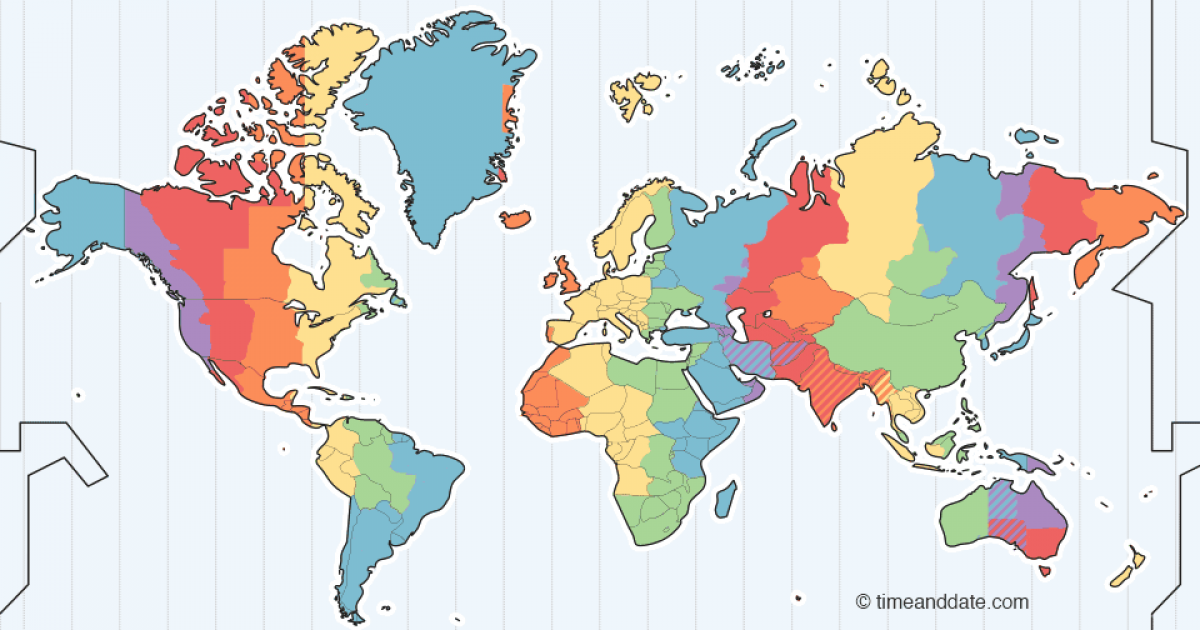In the realm of timekeeping, Eastern Daylight Time (EDT) and Coordinated Universal Time (UTC) represent two prevalent time zones, each serving as a reference point for global communication and coordination. While both EDT and UTC share the common goal of standardizing time, they exhibit distinct characteristics, geographical applications, and historical contexts, catering to the diverse needs of a globally interconnected world. Embark on a temporal journey as we delve into the world of EDT and UTC, uncovering their unique identities and empowering you to navigate the complexities of time zones with confidence.
EDT: A Seasonal Symphony of Time

EDT, observed in the eastern portion of North America, is a daylight saving time (DST) designation, meaning that clocks are set forward one hour during the spring and back one hour during the fall. This seasonal adjustment aims to make better use of daylight during the warmer months, particularly in the evening hours. EDT is primarily used in the United States, Canada, and parts of the Caribbean.
UTC: A Global Standard for Coordinated Time

UTC, also known as Coordinated Universal Time, serves as the primary time standard by which the world regulates clocks and time. It is a successor to Greenwich Mean Time (GMT), and it is based on atomic clocks located around the globe. UTC is not subject to seasonal adjustments like DST, providing a consistent and reliable reference point for global operations, including air travel, financial markets, and scientific research.
Key Differences: Unveiling the Distinctions
The table below summarizes the key differences between EDT and UTC:
| Feature | EDT | UTC |
|---|---|---|
| Primary Purpose | Daylight saving time (DST) designation | Primary time standard for global coordination |
| Geographical Application | Eastern portion of North America | Global |
| Seasonal Adjustment | Sets clocks forward one hour during spring, back one hour during fall | Consistent, no seasonal adjustments |
| Relationship | EDT is four hours behind UTC during daylight saving time, five hours behind during standard time | UTC is the primary reference point for EDT |
Navigating Time Zones with Clarity
Understanding the distinct characteristics and applications of EDT and UTC empowers you to navigate the intricacies of time zones with confidence. Whether you are planning an international trip, coordinating a global conference call, or simply curious about the world’s diverse timekeeping systems, grasping the differences between EDT and UTC provides valuable insights into the complexities of time synchronization.
Conclusion: Embracing Global Temporal Coordination
In a world that is increasingly interconnected, the ability to understand and navigate different time zones is essential for effective communication and collaboration. By understanding the distinctions between EDT and UTC, you gain a deeper understanding of the global timekeeping landscape and enhance your ability to connect with individuals across different regions and time zones. So, embrace the global symphony of time, appreciate the nuances of timekeeping systems, and confidently navigate the world with a clear understanding of the temporal differences that connect us all.